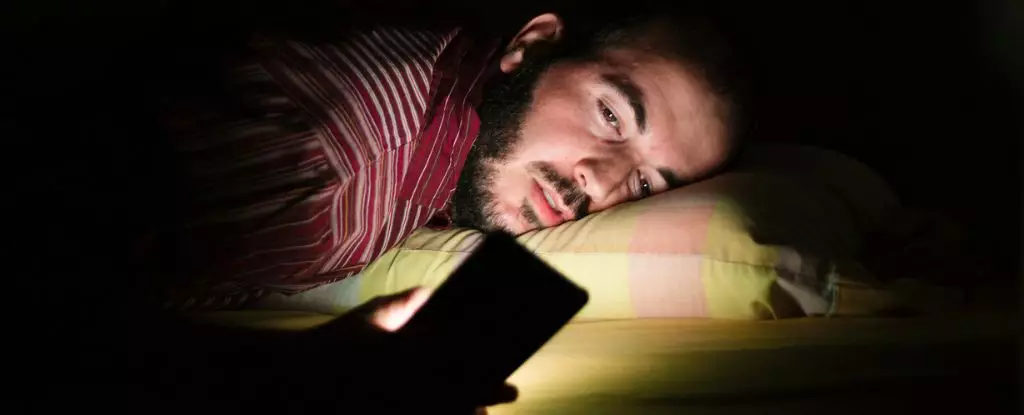The glow of artificial light sources, such as lightbulbs and smartphones, at night has been shown to disturb the body’s circadian rhythm. A recent study involving nearly 85,000 participants between the ages of 40 and 69 suggests that exposure to artificial light after midnight may increase the risk of developing type 2 diabetes. The study conducted as part of the UK Biobank experiment, tracked participants’ light exposure using wrist devices over a week-long period.
Participants who went on to develop type 2 diabetes were found to have a higher likelihood of exposure to light between 12:30 am and 6:00 am during the study period. The study revealed a dose-dependent relationship between bright nighttime light and the risk of developing a metabolic disorder like type 2 diabetes. Individuals in the top 10 percent for light exposure at night had up to a 67 percent higher risk of developing type 2 diabetes compared to those in the bottom 50th percentile.
It is essential to note that while the study did not establish a causal relationship, the findings underline the association between artificial light exposure at night and the risk of type 2 diabetes. Factors such as sleep patterns, duration, sex, genetic predisposition, diet, physical activity, daylight exposure, smoking, or alcohol use did not influence the results. The authors of the study emphasize the importance of recommending the avoidance of nighttime light as a cost-effective approach to mitigate the global burden of type 2 diabetes.
Exposure to artificial light at night has been linked to difficulties in falling asleep due to the suppression of melatonin production. The disrupted circadian rhythm can lead to reduced glucose tolerance, altered insulin secretion, and weight gain – all factors associated with a higher risk of metabolic disorders like type 2 diabetes. It is suggested that the pancreas may secrete less insulin when melatonin production is disrupted, potentially contributing to the development of diabetes.
One major limitation of the study was the inability to account for meal times, which can impact circadian rhythms and glucose tolerance. Additionally, socioeconomic factors were considered at a regional level rather than individually, and the study focused solely on older adults. Individual responses to light exposure vary widely, with some studies indicating a wide range of light intensity needed to affect melatonin production.
More comprehensive and rigorous studies are necessary to fully comprehend the impact of artificial light at night on circadian rhythms and metabolic health. While some studies suggest that even a weekend of camping without artificial light can help reset circadian rhythms, further research is needed to ascertain the precise mechanisms by which nighttime light exposure affects the body’s metabolism and overall health.
The study underscores the potential link between artificial light exposure at night and the risk of developing type 2 diabetes. By understanding the mechanisms at play and conducting further research, we may be able to implement effective interventions to reduce the incidence of metabolic disorders associated with artificial light exposure.


Leave a Reply